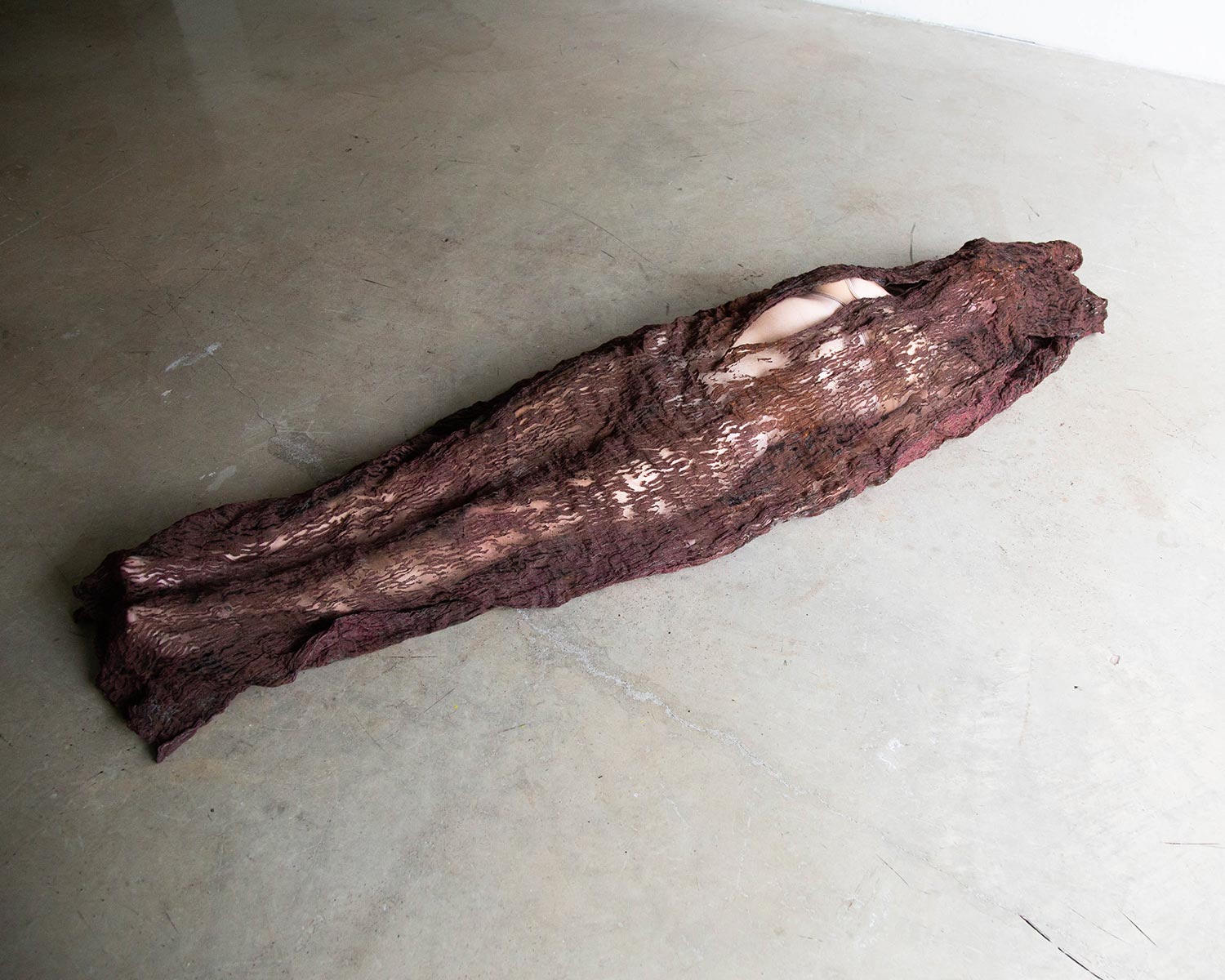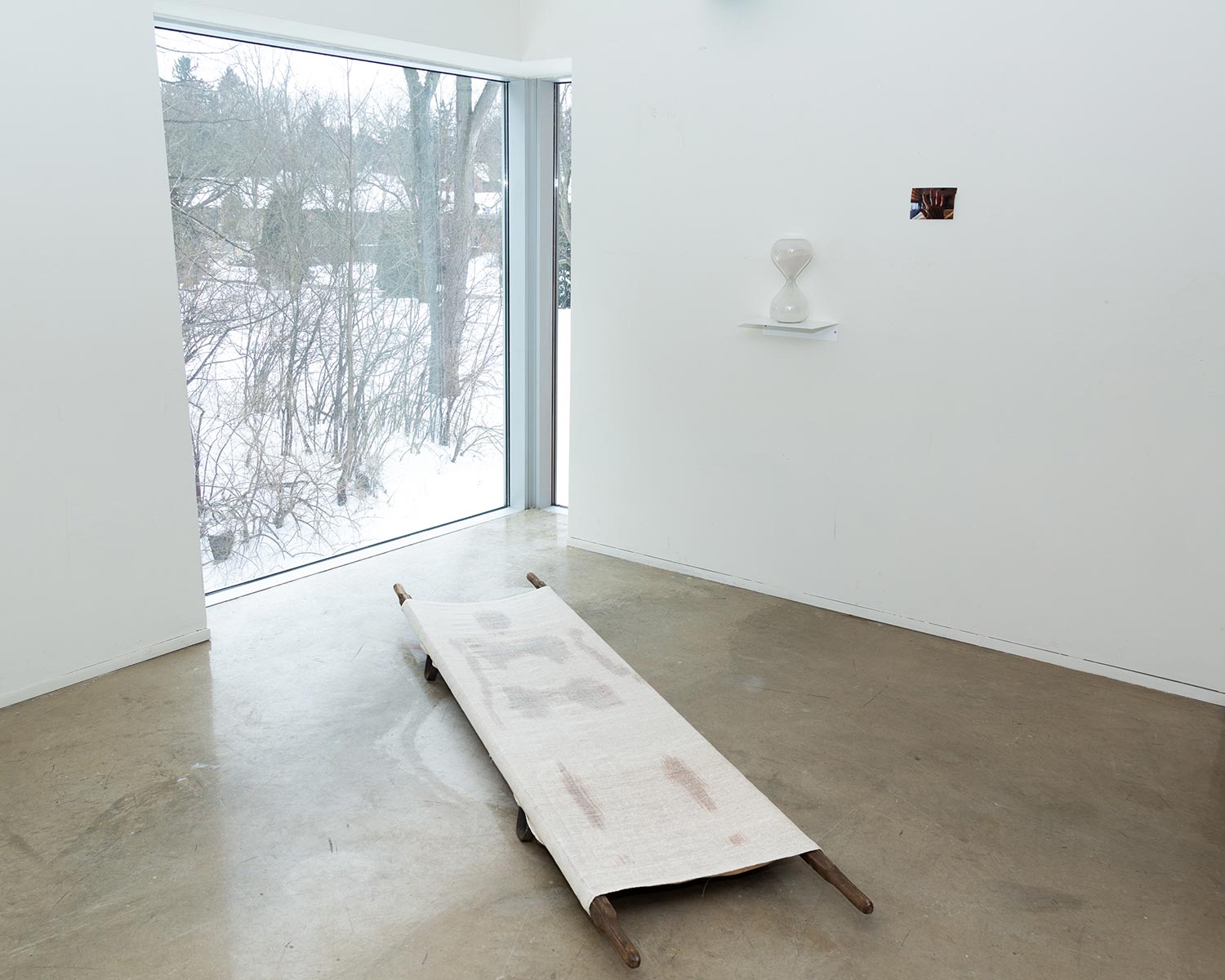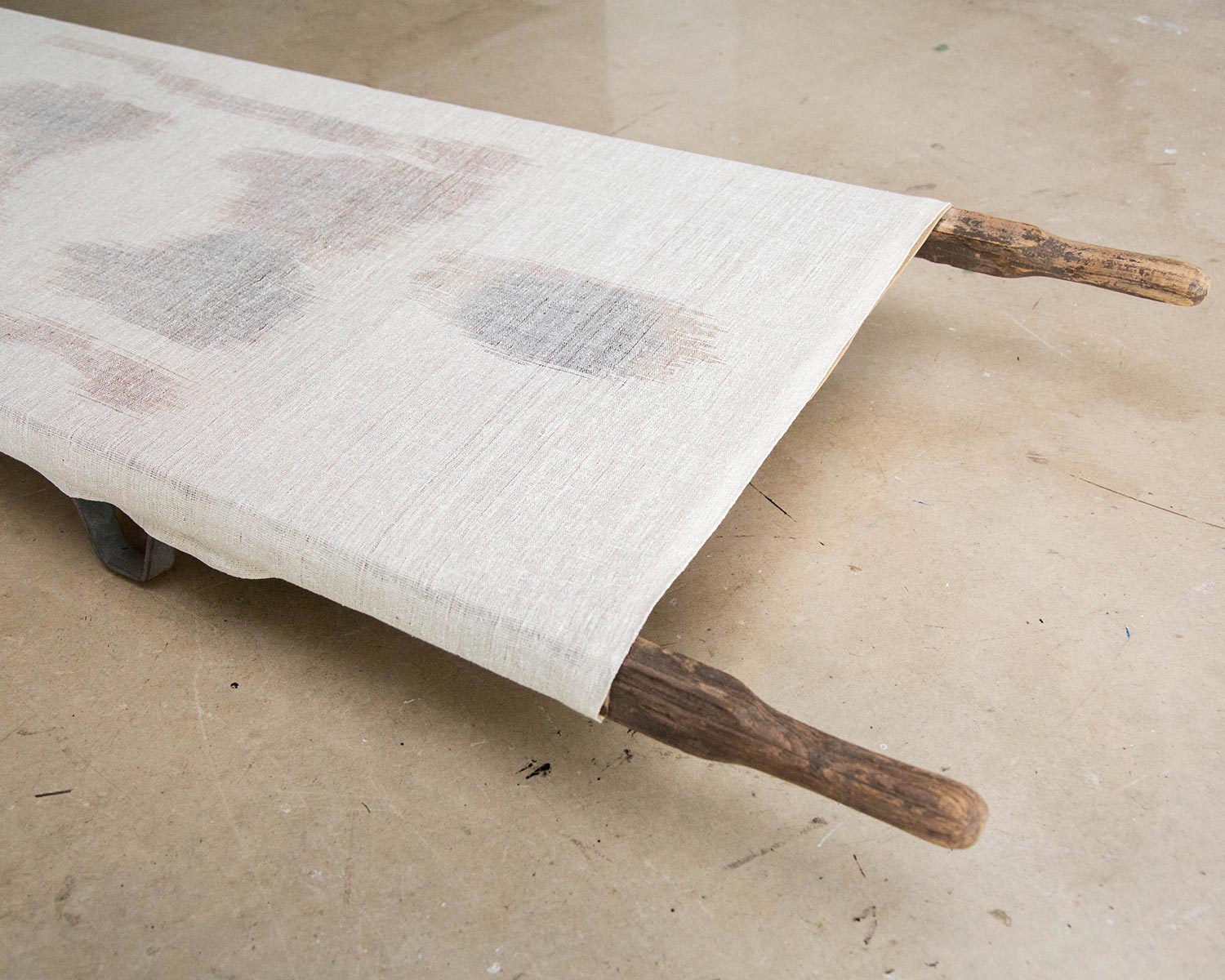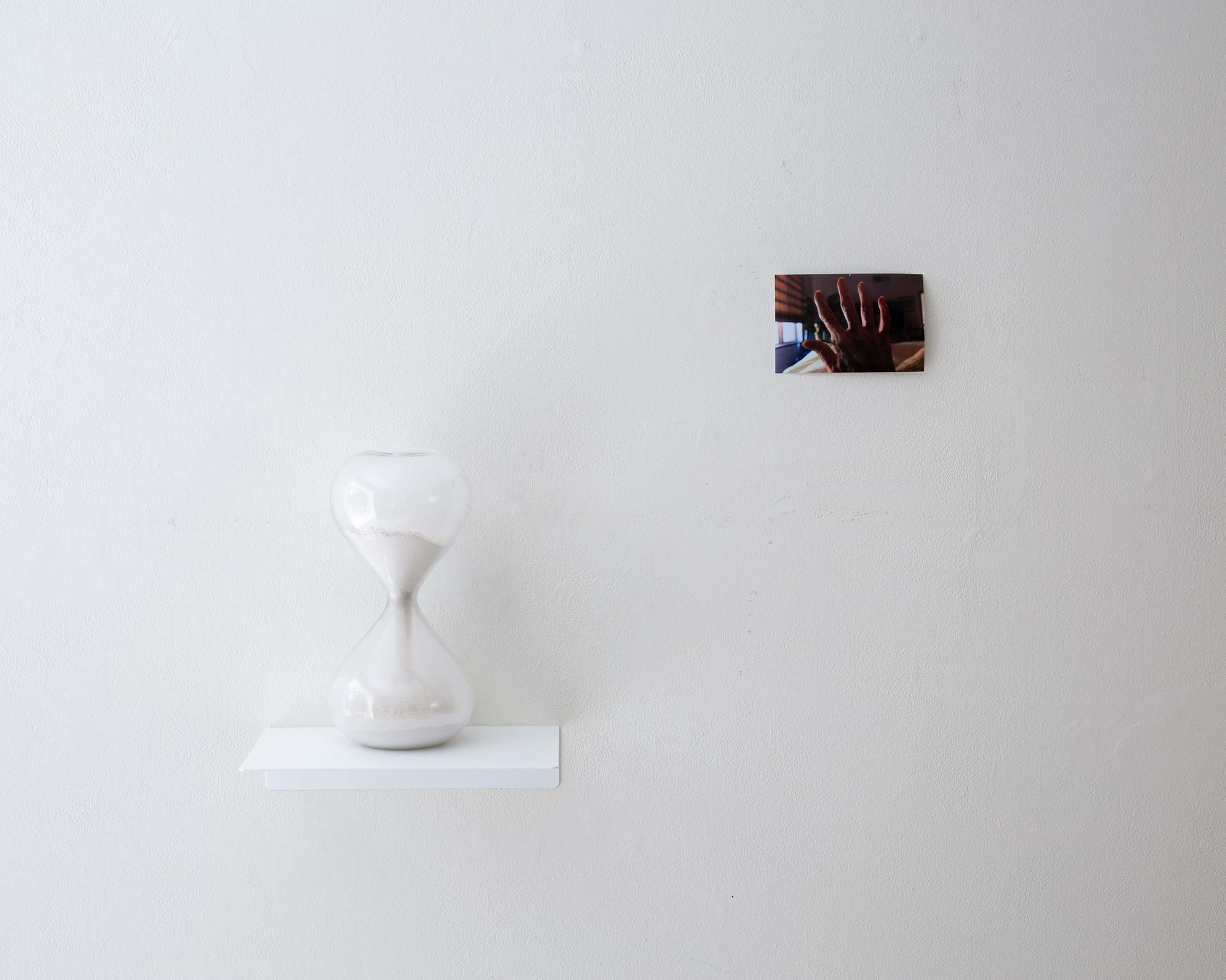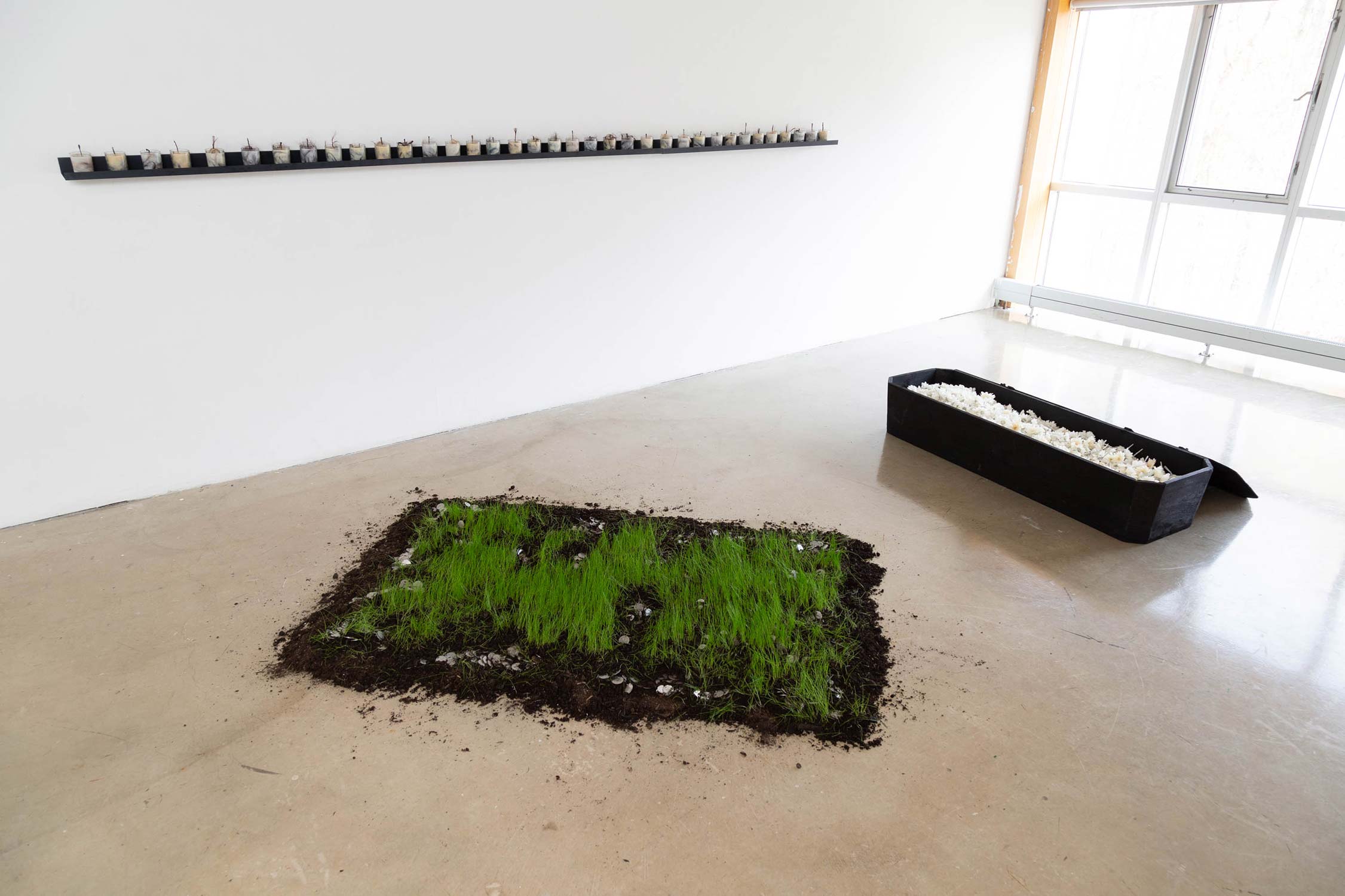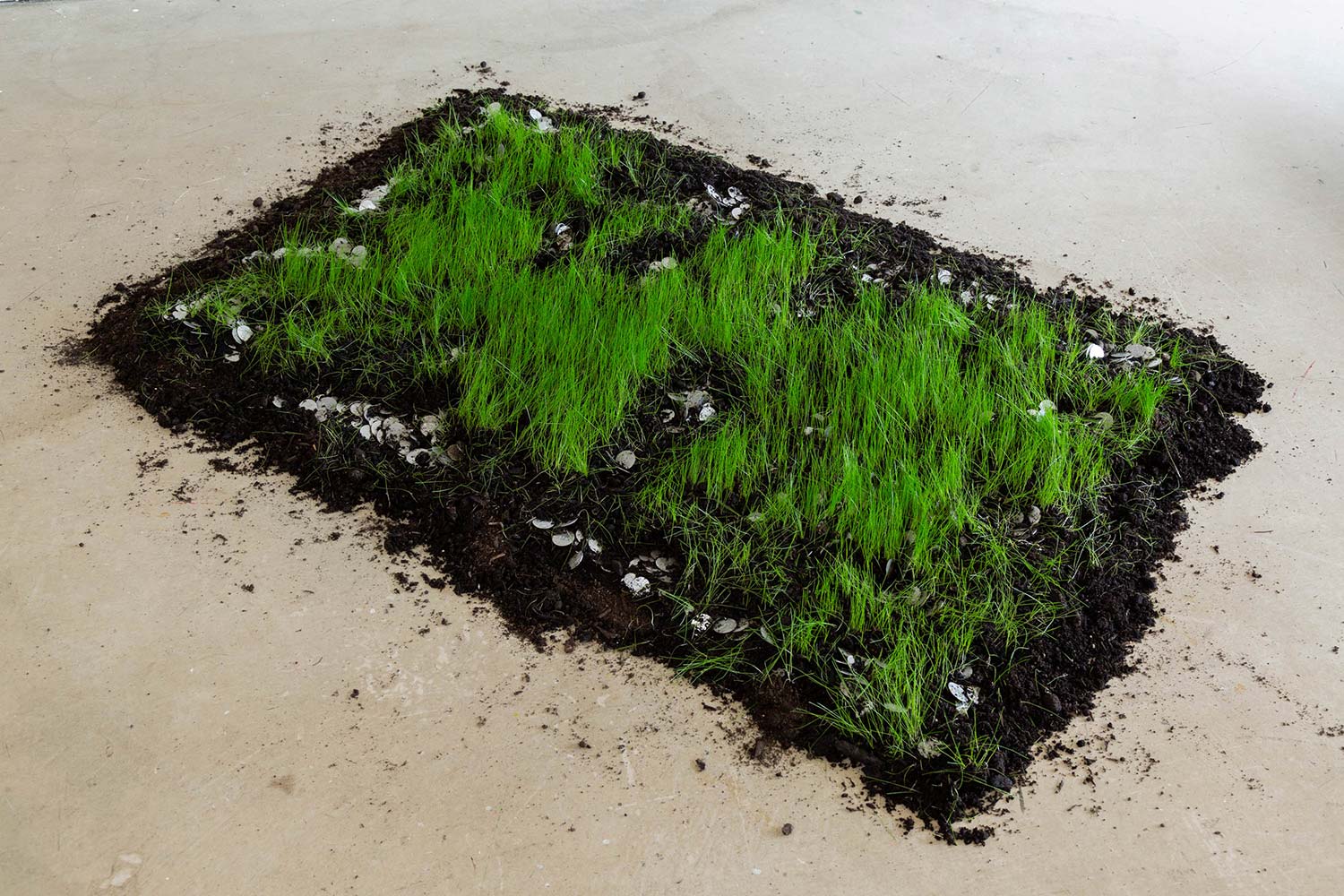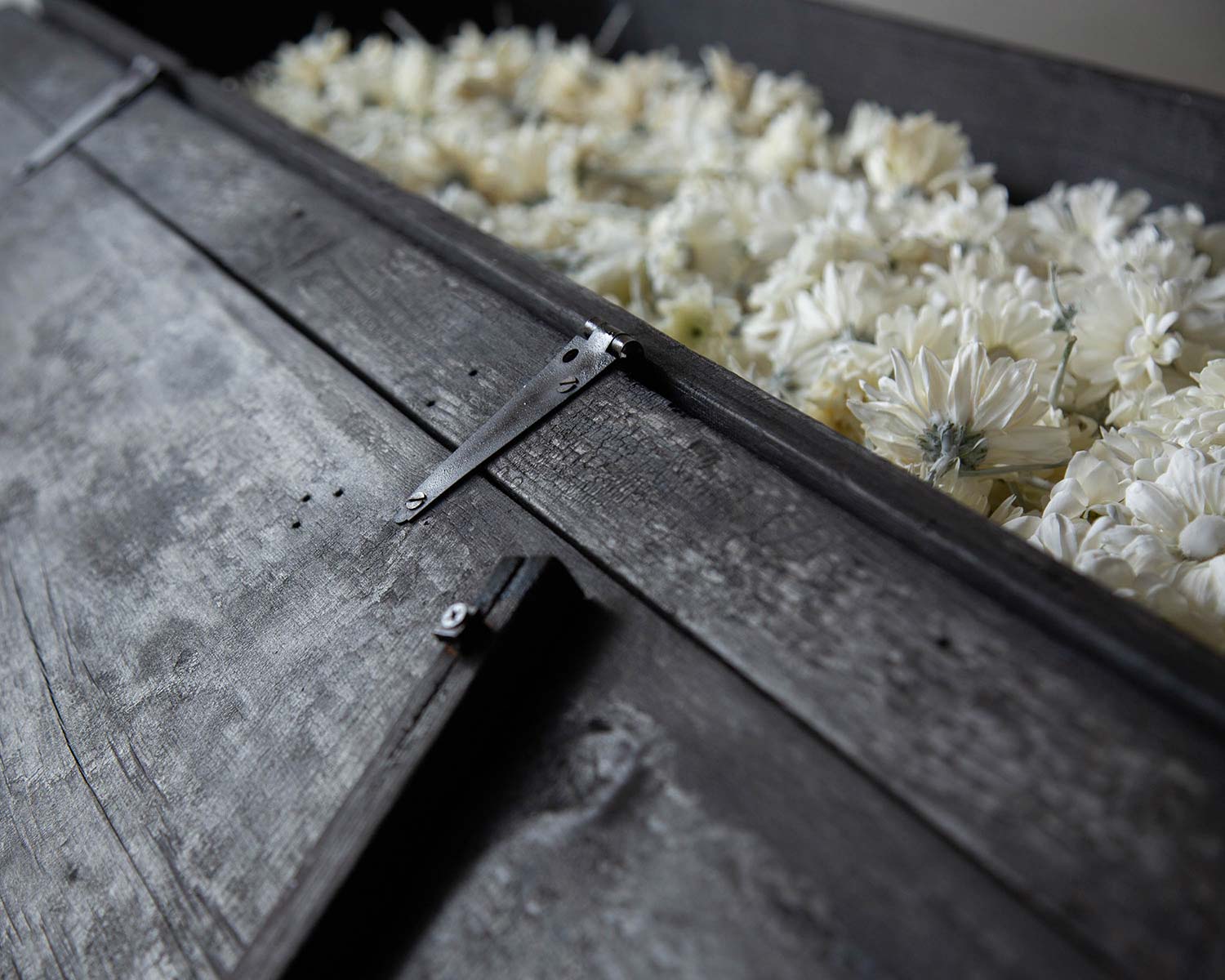My formative years were spent in a period of uncertainty that arose from disease. Injections, blood draws, X-rays, chemotherapy, and surgeries became routine. I witnessed bodies being altered overnight in the aftermath of treatment. Collecting the bundles of hair that I shaved from my mother’s head and the grayness of her skin are my most prominent childhood memories.
Illnesses affect more than just our material bodies. They also affect our emotional and psychological capacities. The loss of independence, fear of relapse, and apprehension of what the future will hold fester deep within. Diseases can transform one’s body into a prison whose inhabitation feels like a psychological weight – all baggage to bear. There is a frustration that emerges from the pain and brokenness of our physicality, and yet we know no other vessel.
Using a myriad of artistic processes and materials, my practice explores both the frailty and the strength that arise from disease. Combining textiles, repurposed medical equipment, and bodily materials, such as hair, wax, lard, and cremains, I create objects and installations which capture the delicacy and transparency of our own impermanence. Methods of mending, preserving, and degrading capture resilience through ruin and reveal embedded trauma. Stressing materials causes a subtle breakdown and disrupts the equilibrium, which when repaired creates a more resistant object.
Soft materials are representative of the human form as they are constantly evolving, showing wear and tear and breaking down over time. Cloth, when worn, has the ability to mimic skin as it can easily be altered and repaired. Its ability to hold memory is unlike any other object. Each stain, hole, and smell is captured and its permeability exists as a living document. By exploring the relationship between preservation and decay, I offer control over the uncontrollable, emphasize vulnerability through material, and dissect notions centered around the human condition.

